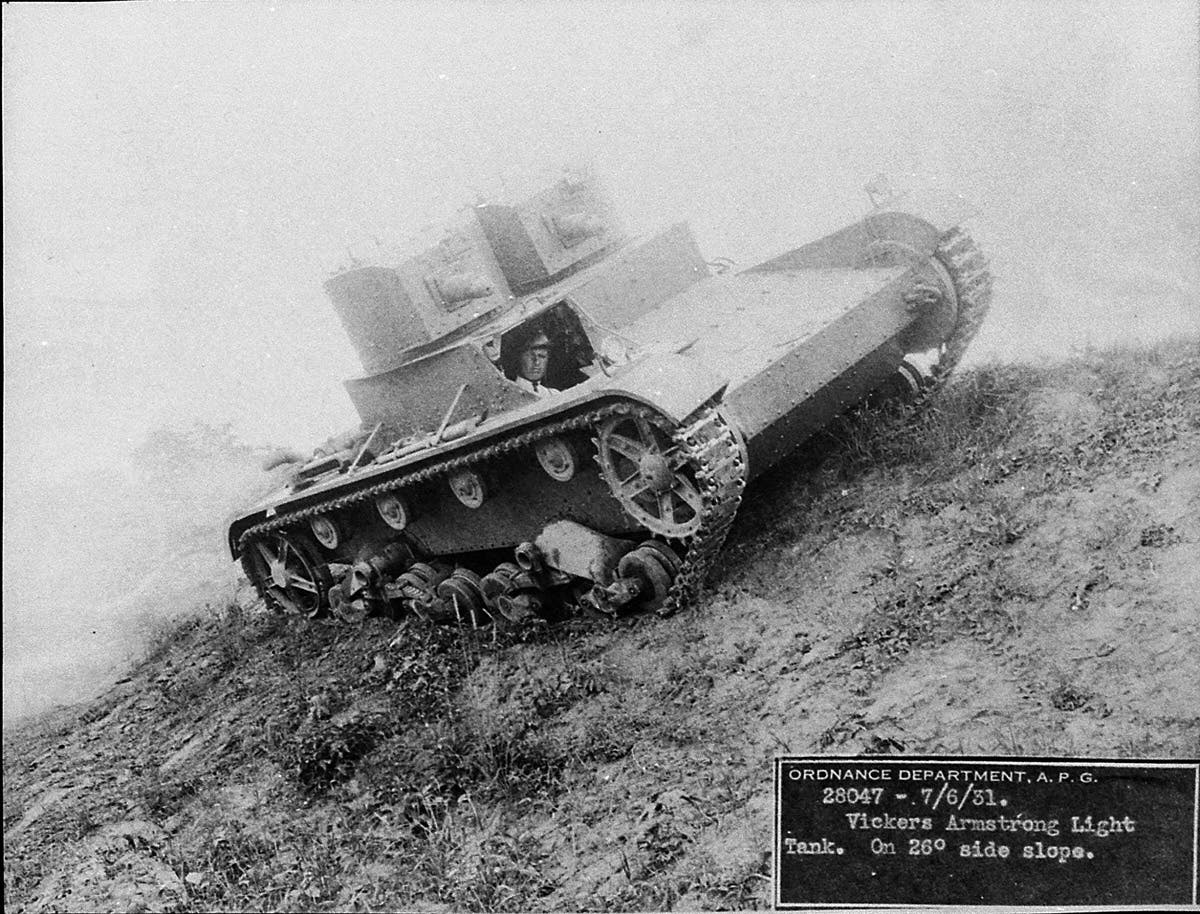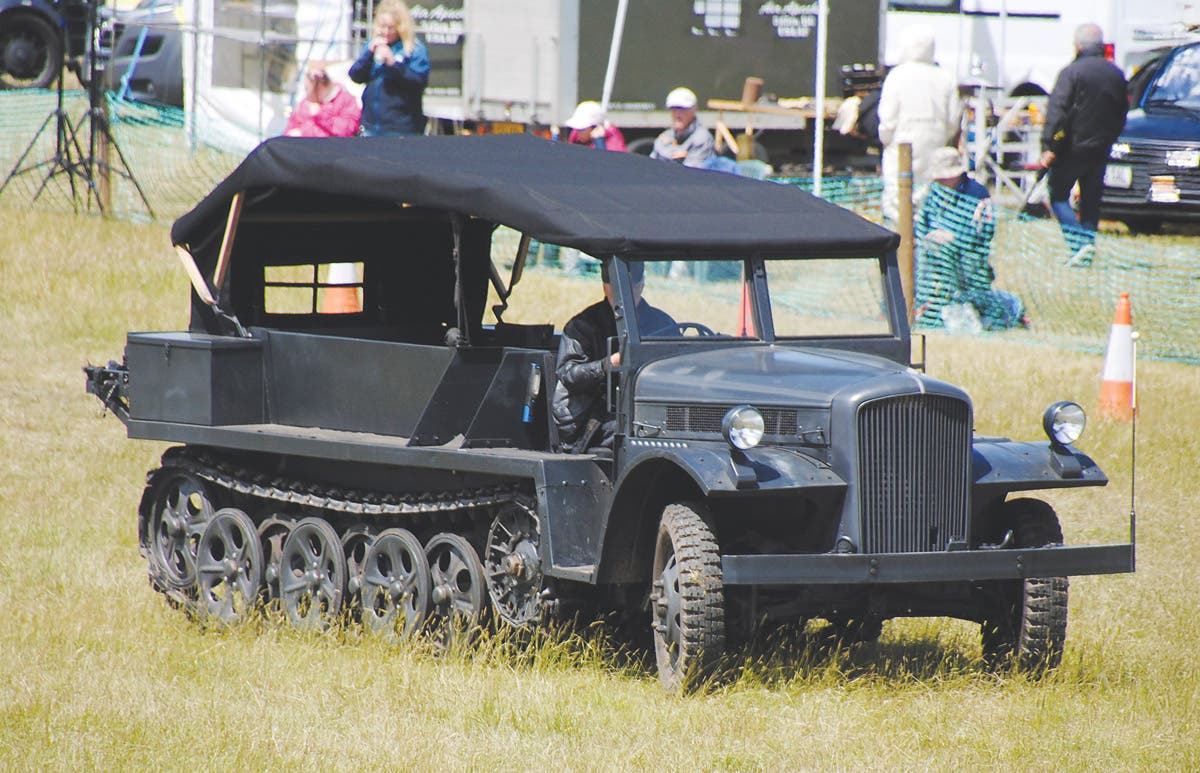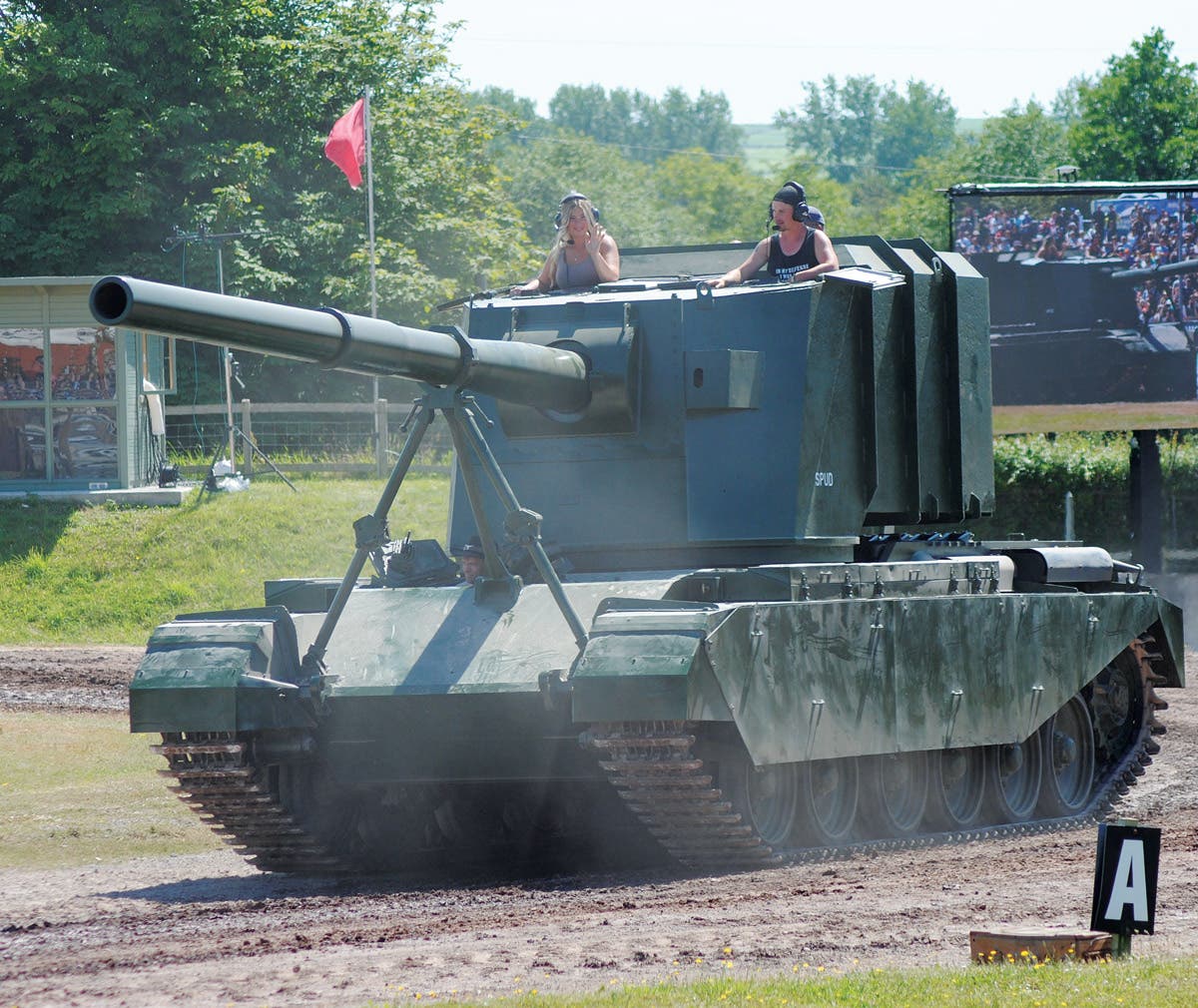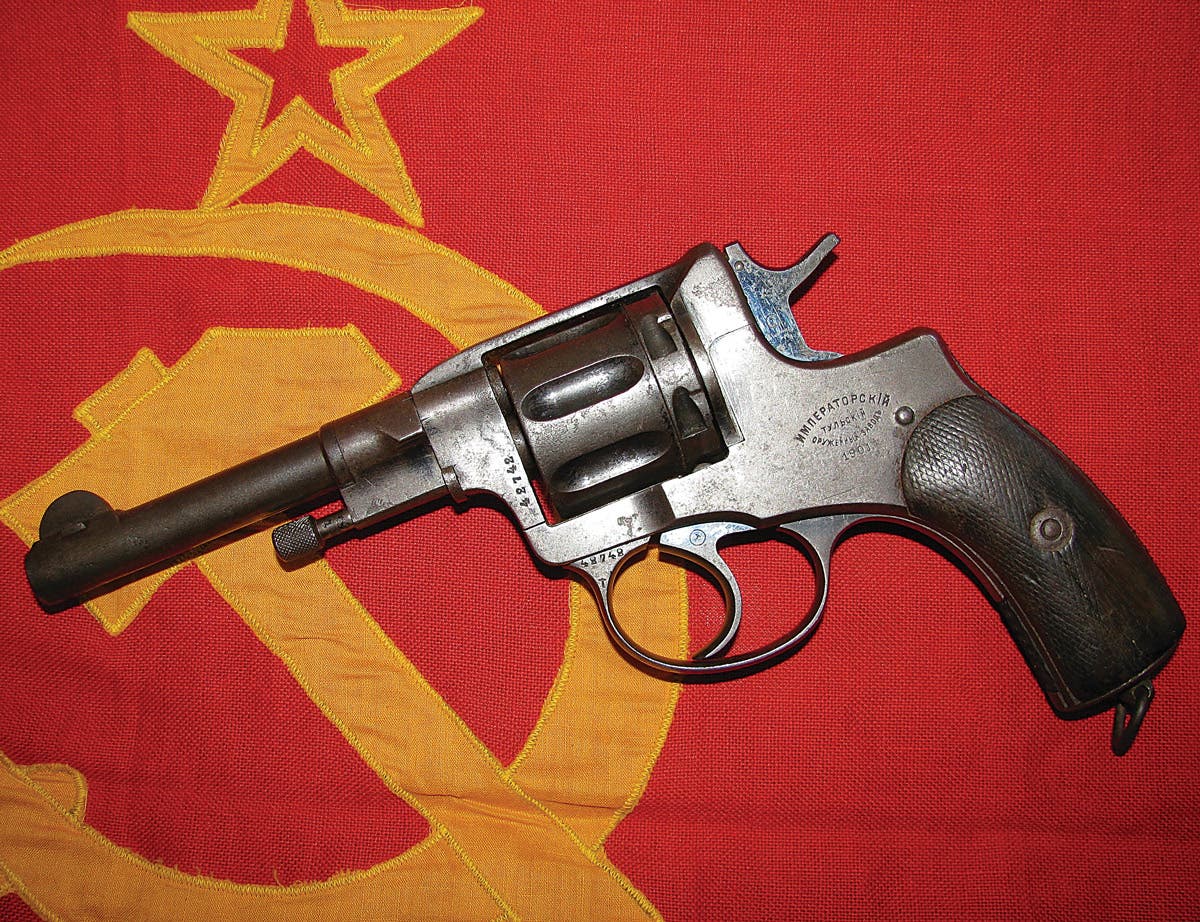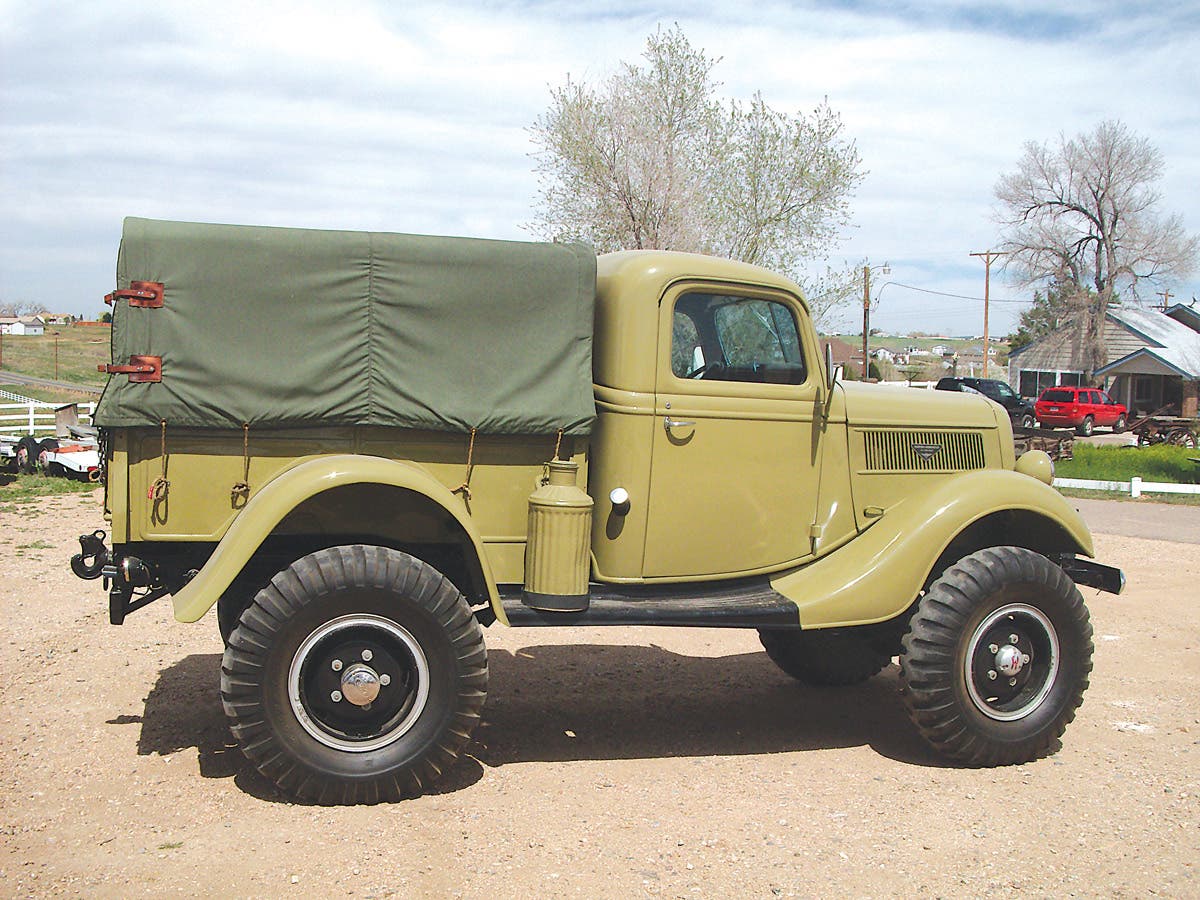A look at the M4A3 75mm (W) Sherman
The M4A3 75mm (W) Sherman, the workhorse of late WWII armored units.
It has been written that one of the keys to Allied victory during WWII was the utilization of the “standard” Sherman tank by the US, as well as some other Allied nations. While there are hints of truth to this, in reality, the Sherman was produced in six basic models, and numerous subtypes, yielding a variety of model numbers that could today serve well as online passwords.
The first model of Sherman to see combat, and that in the hands of British troops, was the cast-hull M4A1 powered by a radial Continental-designed engine originally used in aircraft. The M4A1, and the M4, which had a hull welded largely from flat plate, were also the tanks that were used by U.S. combat troops the landings in North Africa, Sicily, Italy, and France up until the late summer of 1944. The power trains of the M4 and M4A1 were identical, and like the lower hull and suspension, were derived from the previous standard U.S. medium tank, the M3 Lee.
The insatiable demand for medium tanks — and combat aircraft — outstripped available radial engine production, leading to the search for alternative power plants. As a result, four other engine types were introduced to augment the radial, with each of the new engines a new model number for the Sherman was introduced, until the basic model numbers ultimately ranged from M4 to M4A6. In addition, the M4 series was built with three different main guns. It is a tribute to the design that production changes in weapons, suspension, power trains, and armor could be introduced without stopping production. The M4 Sherman tanks being produced in 1945 bore little resemblance to those coming off assembly lines in 1942.
In addition to changes in powerplant, suspension and weaponry, another common way to distinguish types of Sherman pertains to hull hatch configuration. “Small hatch” tanks sport hatches that swing open parallel to the hull sides and are hinged at two points. The later, “large hatch” tanks have hatches with a single hinge point, that when open are not parallel to the hull sides.
When it became apparent that the supply of Continental radial engines would be inadequate, the Armored Board began looking for alternative tank power plants that could be produced in existing facilities. Ford had developed an experimental V-12 aircraft engine, which in turn was shortened into a V-8, yielding the 500-hp GAA engine.
The GAA fit quite well into the Sherman’s engine compartment, which had been designed for the tall radial engines. Its drive shaft ran low below the turret basket and connected to the existing Sherman transmission. Subsequent modifications to install the Ford engine brought about a new model of Sherman, the M4A3. The M4A3 entered production at Ford’s Highland Park, Mich., plant in June 1942. By the time production ceased in September 1943, 1,690 M4A3 “small hatch” tanks had been completed, all armed with a 75mm gun.
In 1943, an improved version of the M4A3 was introduced in an effort to improve the fighting ability and survivability of the tanks, as well as simplify production. It is this version that is the focus of this article.
The improved M4A3 featured a new hull, which is commonly referred to as the large-hatch hull. While the tank continued to be powered by the Ford-designed GAA, Ford was not involved in the production of the tanks themselves, which were built at General Motors Fisher Tank Arsenal in Grand Blanc, Mich.
The new upper hull was constructed with a simple, single-piece front armor plate, whereas the small hatch hull had been created by welding together multiple pieces of armor plate as well as cast housings for the hatches. The new hull design saved numerous man-hours of welding. The thickness of the new frontal armor plate was also increased to 2½ inches and it was set at a steeper, 47-degree angle. The new hull had enlarged hatches for the driver and co-driver in a cast plate in the hull roof. The earlier smaller hatches had proven difficult to exit in an emergency.
The second major change that was incorporated at this time was wet ammunition stowage. Ammunition racks in the earlier tanks were fitted in the hull sponsons and were vulnerable to even minor penetrations. The new design moved the ammunition to the hull floor, where the shells were encased in racks filled with a water and anti-freeze solution. This arrangement was designed to reduce the likelihood of propellant fires being ignited by penetration. The use of under-floor wet storage also eliminated the need for the appliqué armor plates on the hull side that had been characteristic of the small hatch tanks.
Finally, the 75mm turret also was transformed. The rear overhang, often called a “bustle,” which housed the radio at the rear of the turret, was raised to allow the new, larger hatches to open even when the turret was traversed to the rear. These new turrets are often referred to as “high-bustle” models. At the same time that the design was changed, the pistol port was re-introduced to the left side wall. The loader also was furnished with a hatch in the turret roof above his position. No longer would this crewman have to go under the gun to exit out of the commander’s hatch in an emergency. Stowage brackets for the .50-caliber machine gun were added to the turret rear.
Many smaller features also began to appear at this time of transition. Gun travel locks had become standard. The rear plate of the upper hull received a stowage rack and brackets for spare track. All periscopes had a protective guard, the gunner’s periscope received an armored cover. The siren was relocated to the glacis armor behind a brush guard.
The complex engine deck design of the large-hatch tank was simplified by the elimination of two of the fuel filler caps. The bullet splash rail was scaled down to a triangular frame around the oil tank filler cap.
All large hatch 75mm gun tanks were produced by Fisher Tank Arsenal under production order T-9724, starting with registration number 3081212.
Small hatch M4A3s were initially confined to stateside use as training tanks (this would change following the Battle of the Bulge), with the first M4A3s to see combat were large hatch M4A3 wet-stowage tanks which began to arrive in Europe in the early fall of 1944. Output of the M4A3 (75)W reached 3,071 between February 1944 and March 1945. By the later stages of the European war, the M4A3 was the most common tank in the American armored divisions and independent tank battalions. Also, many of the final tanks to reach Marine Corps units for the final battles on Iwo Jima and Okinawa were of this type.
David Doyle's earliest published works were occasional articles in enthusiast publications aimed at the historic military vehicle restoration hobby. This was a natural outlet for a guy whose collection includes several Vietnam-era vehicles such as M62, M123A1C, M35A2, M36A2C, M292A2, M756, and an M764.
By 1999, his writing efforts grew to include regular features in leading periodicals devoted to the hobby both domestically and internationally, appearing regularly in US, English and Polish publications.
In 2003, David received his a commission to write his first book, The Standard Catalog of U.S. Military Vehicles. Since then, several outlets have published more than 100 of his works. While most of these concern historic military hardware, including aircraft and warships, his volumes on military vehicles, meticulously researched by David and his wife Denise, remain the genre for which he is most recognized. This recognition earned life-time achievement in June 2015, when he was presented Military Vehicle Preservation Association (MVPA) bestowed on him the coveted Bart Vanderveen Award in recognition of “...the individual who has contributed the most to the historic preservation of military vehicles worldwide.”
In addition to all of publishing efforts, David is the editor of the MVPA’s magazine, History in Motion, as well as serving as the organization’s Publications Director. He also maintains a retail outlet for his books online and at shows around the U.S.



